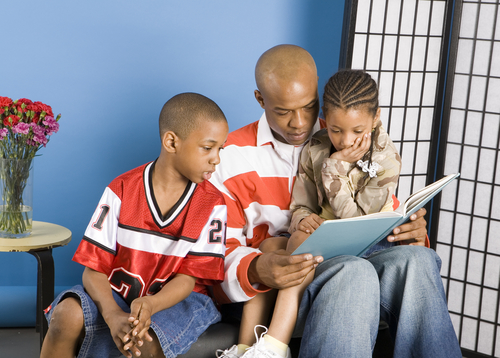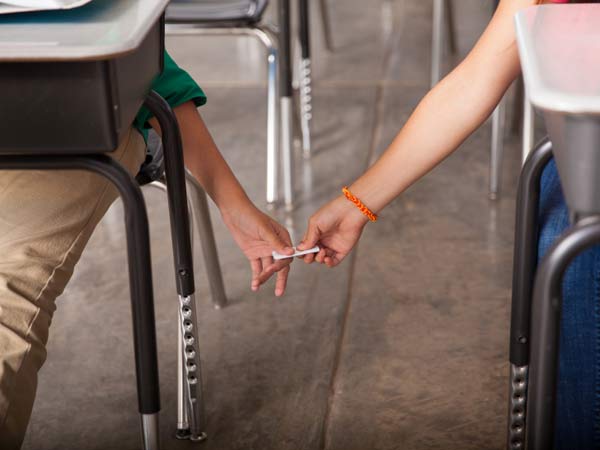Parents are in the final throes of preparing for Halloween, buying candy, decorating their houses and in too many families fighting over costumes that make a parent cringe.
Whether the costume makes a politically-incorrect statement or projects an image you can’t stomach (Miley twerking, anyone?) Halloween can present some important teaching moments. Even if you ultimately ban the costume with a strong “because I said so” you can get a few points across during the debate.
Girls especially are pressured into appearing sexual at young ages, exposed by the media to baby bikinis and padded bras for eight-year-olds. Boys may need help understanding what is really conveyed by the tough-guy looks or dressing as a character known for violence. A common problem among latency aged, pre-sexual kids is that they may know that a certain type of look is equated with being attractive without understanding that it has a sexual or dangerously violent connotation. When a nine-year-old girl chooses a Halloween costume with a decidedly “hooker-ish” look, a parent needs to supplement their “no” with a justification. Explaining to kids that certain kinds of clothes carry a certain kind of message (one that is not always appropriate for their age) is a good place to start. Consider using a uniform as an example. “When you wear shin guards, I know you’re getting ready to play soccer”. You can then continue on and explain to a school-aged child that a particular look is seen by some people as a uniform to “kiss” or “flirt” or some other term in that will make a nine-year-old think, “Yuck.”
Older kids may think they know exactly the message they are conveying with their costume and are happy to do so. In that case a Sex-Wise Parent makes it clear that “this is not a message we allow in our family. It does not support your sexual health and safety, which is very important to me.”
This is also a good time to remind our kids, particularly adolescents, that a persons attire NEVER is to be taken as an invitation for sexual contact. If your teen reminds you that those two messages sound like they contradict each other remind them that not everyone understands or lives by the latter point.
We must let our kids know that there are some rules we’ll bend on Halloween, like how much chocolate they can have in a single day, and other rules that are hard and fast. They don’t get a day off from thinking about the messages they send about their sexuality.
For more information, see The Sex-Wise Parent!







